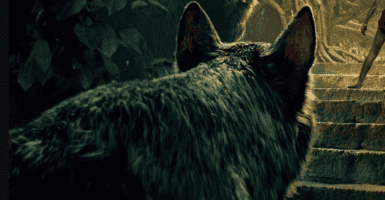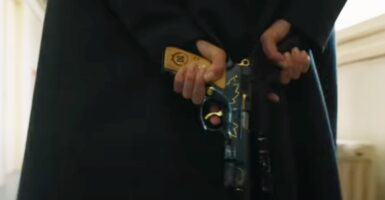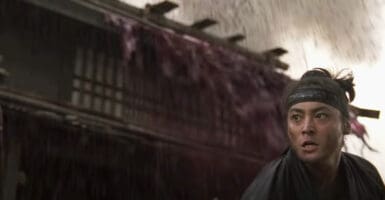The Spiritual Sequel To Cowboy Bebop Is Criminally Underrated
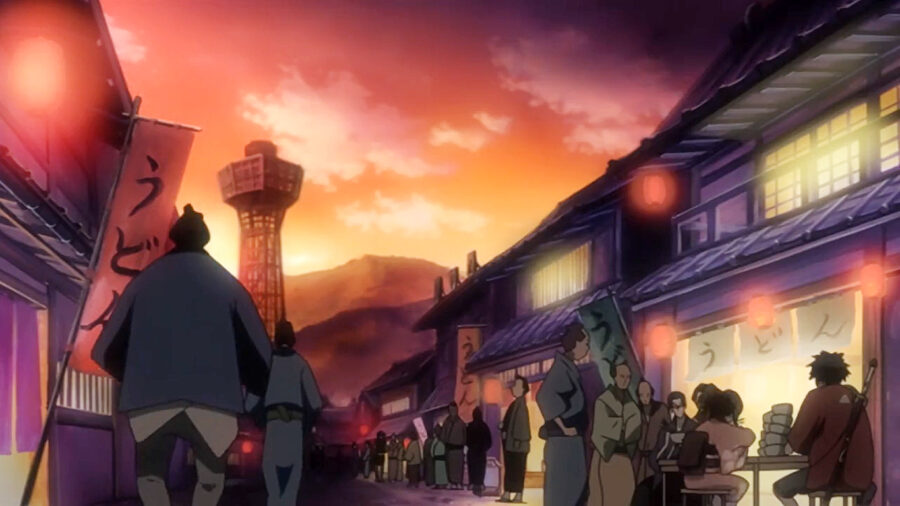
Cowboy Bebop is often praised as one of the most artful, well-respected anime ever made. A show from the same creative voice, with many similar motifs and themes seems like a sure bet to become a huge show, but Samurai Champloo has never escaped the shadow of its more popular predecessor. I think it’s time we give Cowboy Bebop’s spiritual sequel the credit it deserves as a modern masterpiece.
Shinichirō Watanabe Directed Cowboy Bebop And Samurai Champloo
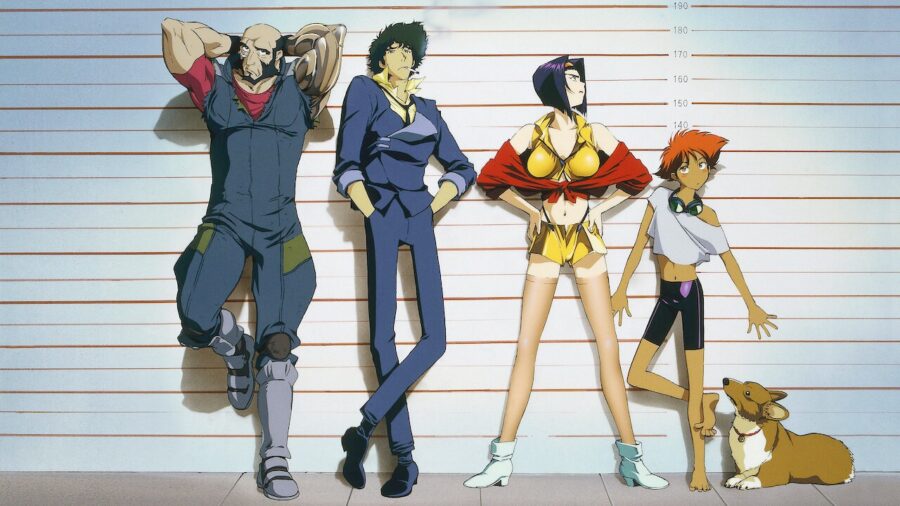
Both Cowboy Bebop and Samurai Champloo were directed by Shinichirō Watanabe, one of the biggest names in anime. Watanabe is known for his purposeful use of music, his ability to combine genres, and the more mature themes of his works. Both series display all of Watanabe’s greatest strengths in equal measure but the earlier series seems to get all the credit when it comes to his legacy.
Samurai Champloo
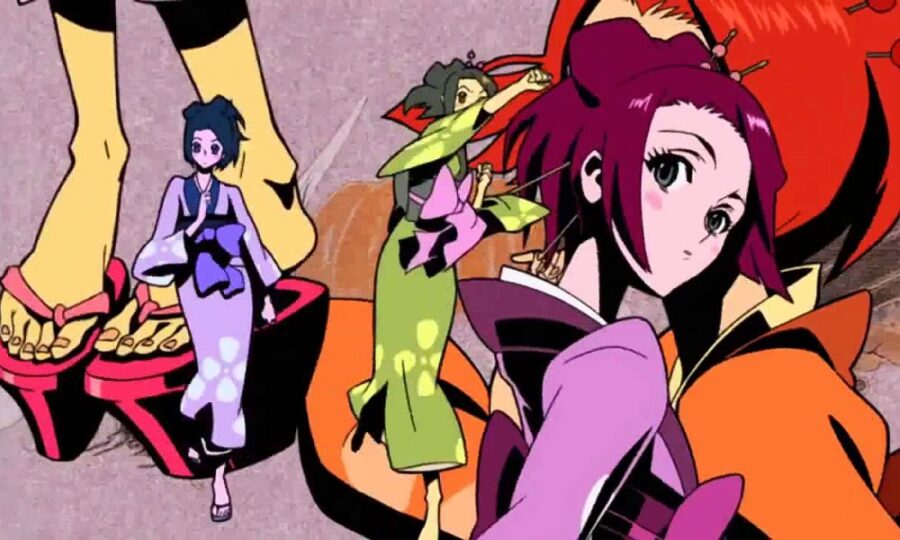
Samurai Champloo is a historical adventure series set in the Edo period that follows two warriors and a waitress as they search for a mysterious samurai who smells of sunflowers. It combines the conventions of a samurai story with elements of hip-hop culture and the structure of a road trip story. Other than the first episode, which sets the stage and the three-part finale, it’s episodic, each stop in the journey being mostly detached from each other in terms of plot.
Mugen, Jin, And Fuu

The three protagonists of Samurai Champloo are among my all-time favorite anime characters. The show’s two warriors are Mugen, an outlaw from Ryukyu who combines breakdancing into his swordplay, and the more composed, traditional ronin Jin. While they see most of the action, the story is driven by Fuu, a plucky young waitress who keeps the hotheaded Mugen and distant Jin in line.
It’s All About The Music
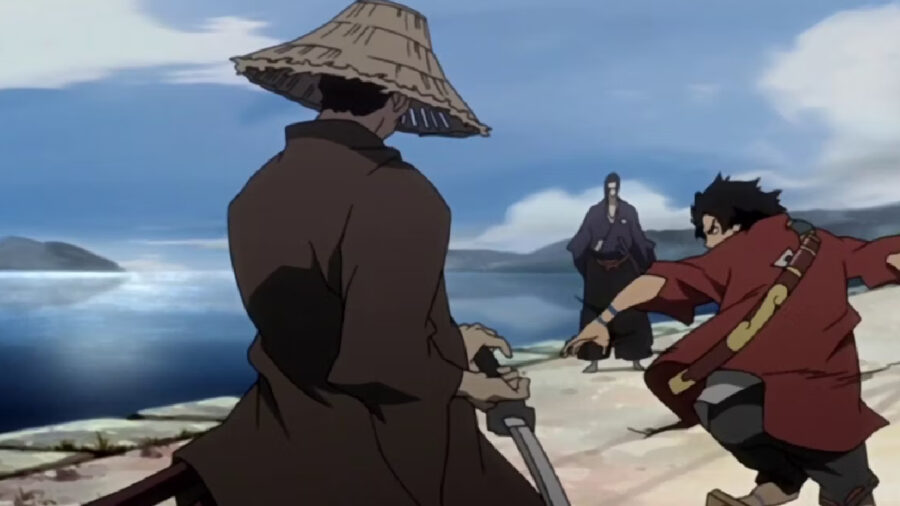
Like Cowboy Bebop before it, Samurai Champloo incorporates music and style into every part of its story. Mugen’s breakdancing fighting style is the most constant reminder of this, but artists tagging buildings like modern graffiti artists and hip-hop-filled soundtrack serve to connect its historical setting with its modern influences. It’s this intentional anachronism I immediately fell in love with the show, making the samurai genre feel fresh and new.
Not As Popular As Cowboy Bebop
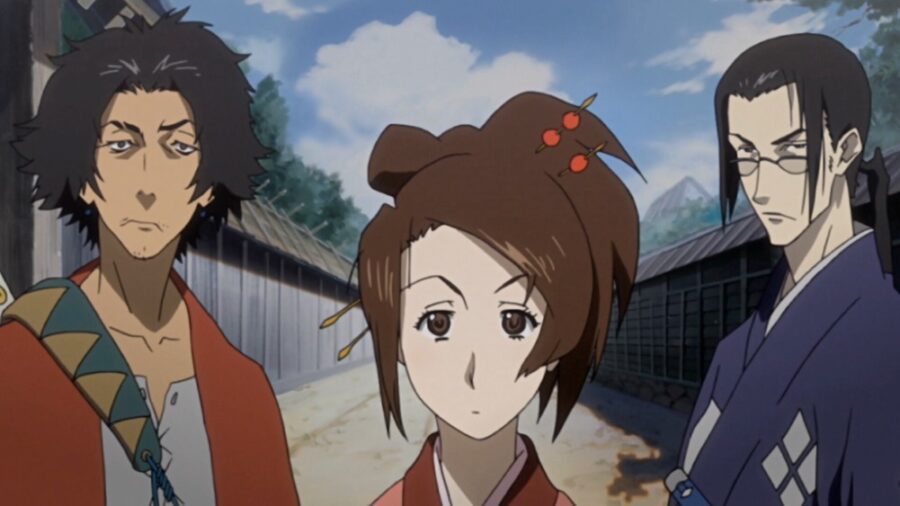
I believe the two reasons Samurai Champloo isn’t as well respected as Cowboy Bebop are genre and timing. Space Westerns have an established legacy in the West thanks to Star Wars and Star Trek, while samurai stories have always been fairly niche in America, giving Cowboy Bebop an edge. Timing is its other advantage. Coming out during the first wave of anime to become popular in America gave it a nostalgic legacy that transcends the actual show.
Cowboy Bebop deserves every bit of praise it gets, but Samurai Champloo should occupy the same rarified air as its predecessor. Both shows manage to tell mature stories about acceptance, death, and friendship, while still being consistently fun to watch. From a technical standpoint, they’re both immaculately animated with smooth motion and action that consistently leaves me in awe.
Where To Stream
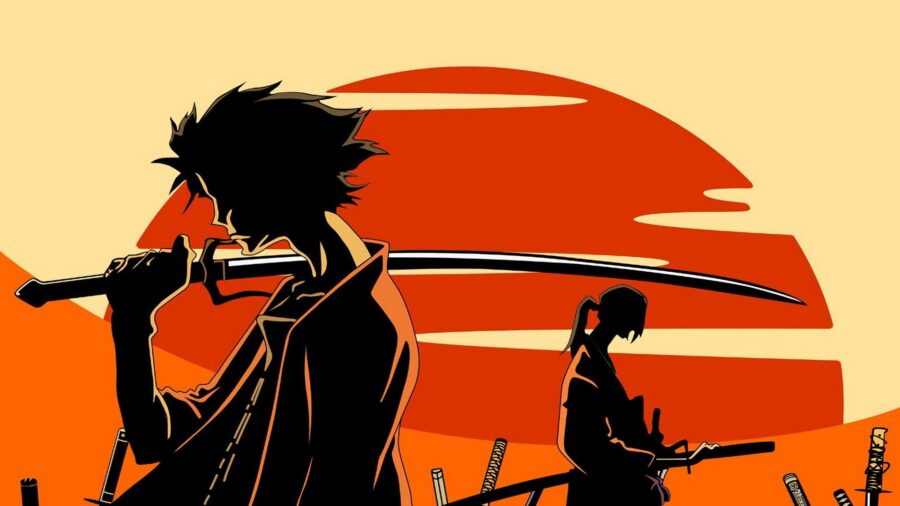

REVIEW SCORE
Watanabe is one of the most distinctive craters in anime, and Samurai Champloo is one of his best series. With a lovable but flawed cast and some of the best action animation ever, it’s the closest thing to a perfect anime I’ve ever seen. Do yourself a favor and watch the underrated gem, Samurai Champloo on Hulu.


